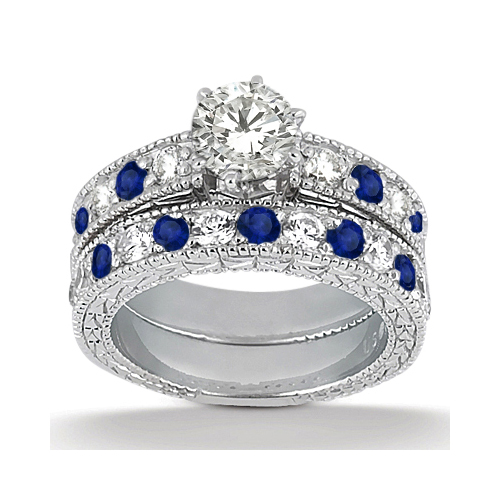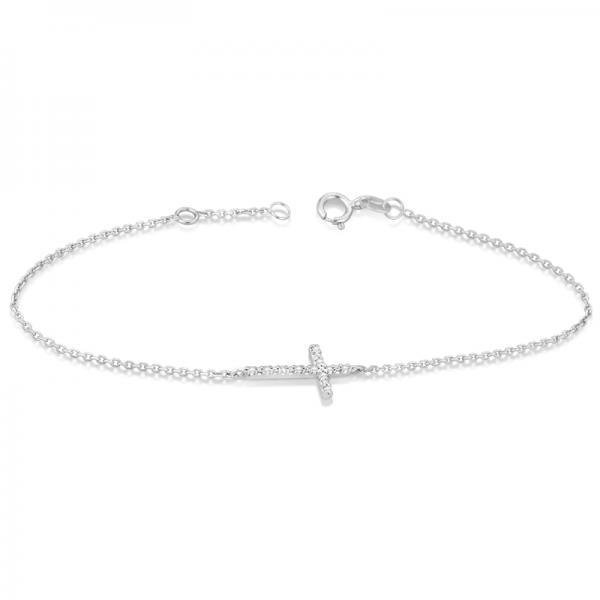
Gold Allergies: All the Details For Those Allergic And Your Alternatives
Could you be allergic to gold? Are you sure?
The fact is that pure gold is 24 karats, but it is far too soft to be used in jewelry. So gold jewelry, (even jewelry made from 14K or even 18K gold) has metals added to them – like copper and nickel – to make them more durable. For example rose gold is created by adding copper to the mix and with 14k rose gold, more copper means a pinker color. Also 10k gold, which is typically available in yellow or white, is created using 10 parts gold and 14 parts of other metals; 18k gold is made with 18 parts gold and 6 parts other metal.
Those added metals could cause an allergic reaction to your skin. In fact nickel is one of the most common skin allergies, according to WebMD, in part because nickel is used so many things: jewelry, cell phones, coins, zippers, eyeglass frames, belt buckles and keys. If you’re allergic to one of these metals added to the gold, you could have a reaction that either gives you a rash or turns your skin green.
Also keep in mind that if your gold engagement ring or gold necklaces start turning your skin green, it does not necessarily mean the metal is of poor quality (even though cheap costume jewelry may turn your skin green, for other reasons as well), but you just might be allergic to the gold.
What to do if your allergic to gold
The easiest solution is to choose a different metal or have a combination of materials.
Have you heard of palladium? Well if you’re allergic to gold, you should know about it. Palladium is hypoallergenic. It is naturally very bright and silvery, and extremely strong and durable, but still lightweight. Palladium, which is listed on the Periodic Table of elements and is even lighter in weight than platinum. It does not tarnish and remains white forever, according to experts. Palladium is also 95 percent pure when used in jewelry and does not require additional metals or plating for protection.
It is important to keep in mind that palladium can be tricky for jewelers to work with, according to experts. As far as palladium engagement rings its important to know that palladium is not suitable for all engagement rings and the metal is typically used for other, more simpler, designs. Cleaning palladium is also quite simple: all you need is a solution made up of soap and warm water. Gently scrubbing your jewelry with a soft-bristled brush soaked with the solution is usually all that is required to help maintain palladium’s natural beauty and sparkle for a long period of time.
Platinum is also a hypoallergenic alternative to gold and a very popular choice for engagement rings and wedding bands, especially for those who are allergic to nickel or other metals that are used to strengthen gold. Many men prefer platinum wedding bands actually.
Platinum is very heavy and strong, but keep in mind that it is quite easy to scratch. Platinum is also a metal type that has a natural silvery finish that dulls over time. Many people love how the tarnished look, but some prefer to polish their rings back to the original bright finish.
If you want your piece to be made of gold, choosing white gold is also a great option because it is finished with rhodium, which gives it a silvery shine.









POST COMMENT